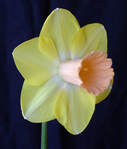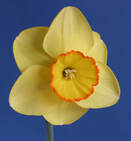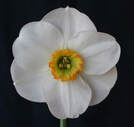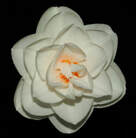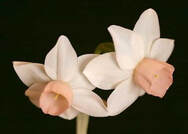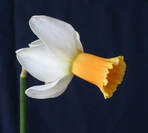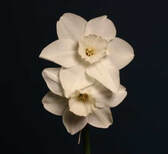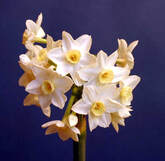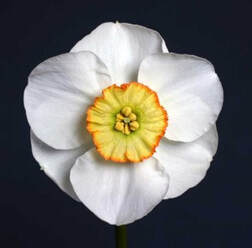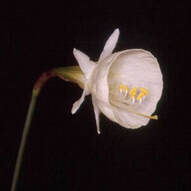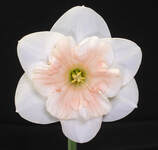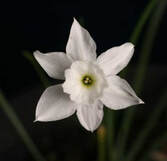California Gardeners' Club
Daffodil Divisions
|
Division 9 Poeticus daffodils
Characteristics of Narcissus poeticus and related species clearly evident; perianth segments pure white; corona very short or disc-shaped, not more than one-fifth the length of the perianth segments; corona usually with a green and/or yellow centre and red rim, but sometimes wholly or partly of other colours; anthers usually set at two distinct levels; flowers fragrant. |
|
Division 11 Split-corona daffodils
Corona split, usually for more than half its length. 11a Collar daffodils have the corona segments opposite the perianth segments; the corona segments usually in two whorls of three. 11b Papillon daffodils have the corona segments alternate to the perianth segments; the corona segments usually in a single whorl of six. |
Proudly powered by Weebly
